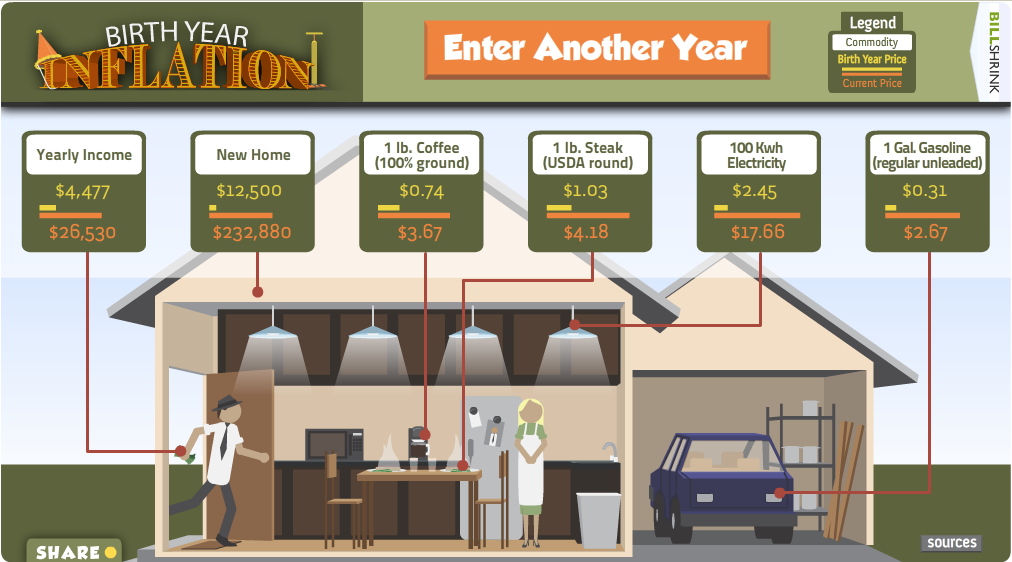(Reuters)
LONDON - Copper came within touching distance of record highs on Monday as expectations of healthy demand from top consumers China and the United States boosted sentiment, despite a firmer dollar.
Tin hovered near record highs on worries about supplies from top exporter Indonesia.
Benchmark copper hit $9,722 a tonne, its highest since prices rose to an all-time high of $9,781 a tonne on Jan 19. The metal used in power and construction was trading at $9,695 a tonne at 1022 GMT from $9,635 on Friday. Investors have retreated from copper recently on expectations of a lull in activity because of a week-long holidays in China starting on Wednesday and on worries about tighter monetary policy in the country.
“Fears that China’s monetary policy would choke off economic growth have been overdone,” said Peter Fertig, a consultant at Quantitative Commodity Research.
“Even if China were to grow at a slower pace this year than last it would not change the picture, there would be a deficit.”
Markets expect another rise in Chinese interest rates in the first quarter. The country hiked rates twice and raised banks’ reserve requirements six times last year.
Traders say the market is waiting avidly to see the results of purchasing managers survey of manufacturing sectors in China and the United States on Tuesday.
The dollar has risen recently as investors sought safety in U.S. assets because of unrest in the Middle East.
Normally a higher U.S. currency would weigh on dollar-priced metals as it makes them more expensive for holders of other currencies, but so far this time, the market has ignored it.
RED HERRING
China accounts for nearly 40 percent of global copper demand estimated this year at around 21 million tonnes. The United States is the second largest consumer, accounting for about 15 percent of consumption.
“We anticipate accelerating economic growth in the U.S. at a similar level as seen in 2010, coupled with robust growth in emerging markets,” Swiss private bank Sarasin said in a note.
“This is likely to have a positive impact overall on the share prices of metals and mining companies.”
Aluminium, which is tracking copper, rose to two-week highs of $2,495 a tonne. The metal used in transport and packaging was at $2,482 a tonne from $2,472 on Friday.
Tin saw $30,000 a tonne, only $40 away from the record high of $30,040 a tonne seen on Friday. It was last at $29,800 a tonne from $29,600 on Friday.
Prices are up more than 10 percent so far this year. Last year the gain was nearly 60 percent. Behind the rise has been constraints on output in Indonesia.
“It started with Indonesia, but there is still a lot of momentum there,” a trader on the floor of the LME said. “If the funds pull the plug though, we could see a sharp correction.”
Lead was trading at $2,464 a tonne from $2,437 on Friday. The battery material has in recent weeks come under pressure from stocks in LME warehouses, which at 279,925 are at their highest since 1995.
But Macquarie in a note said: “We think that this stock build should be seen as a red herring rather than a red flag.”
“While the level of lead stocks in LME warehouses is at multi-year highs, total reported industry stocks in relation to the size of the market are not unusually high today.”
Zinc was at $2,355 a tonne from $2,354 and nickel at $26,900 from $26,620. [..]
Continue reading this article »








